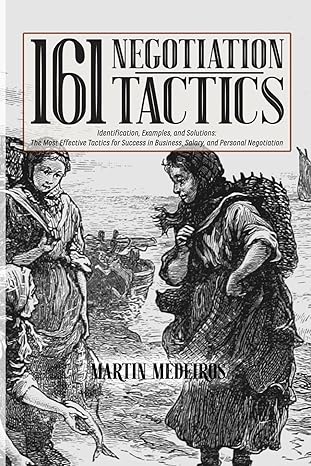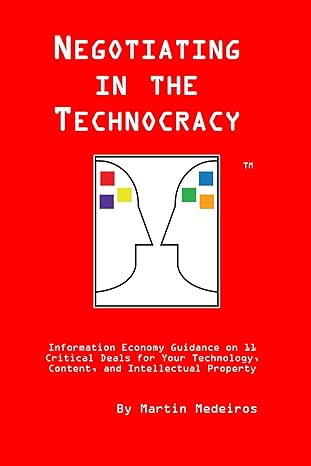Resources
Newsletter
We will give you research updates and insights in our newsletter here: sign up here.
Example of Curated Book Resources.
There are many more available to subscribers.
These books are recommended for Dojo classes and for excelling in negotiation.
- Fisher, Roger, and William L. Ury. Getting to Yes: Negotiating Agreement Without Giving In. 2nd ed. Penguin (Non-Classics), 1991.
- Cialdini, Robert B. Influence: The Psychology of Persuasion. Revised. Harper Paperbacks, 1984, 2006.
- Medeiros, Martin. Negotiating in the Technocracy, Negotiation Strategist Research, 2015.
- Medeiros, Martin. 161 Negotiation Tactics: Identification, Examples, and Solutions: The Most Effective Tactics for Success in Business, Salary, and Personal Negotiation, Negotiation Strategist Research, 2017.
- Morgenstern, Oskar, and John Von Neumann. Theory of Games and Economic Behavior. Princeton University Press, 1980.
Notable Studies
- Asch, Solomon. Opinions and Social Pressure. Scientific American 193.5 (1955).
- Fast, Julius. Body Language the Essential Secrets of Non-verbal Communication. MJF Books, 1970.
- Holmes, Oliver Wendell, Jr. from The Path of the Law 10 Harvard Law Review 457 (1897).
- Jung, C. G. Psychological Types. A Revision /. Princeton University Press, 1976.
- Knowles, Eric S., and Jay A. Linn. Resistance and persuasion. Psychology Press, 2004.
- Lock, C. “Detecting deception: psychologists try to learn how to spot a liar.” Science News 166.5 (July 31, 2004).
- Nash, John F. “The Bargaining Problem.” Econometrica 18.2 (1950): 155-162.
- Schelling, Thomas C. The strategy of conflict. Harvard University Press, 1980.
- Vrij, Aldert et al. “Rapid judgments in assessing verbal and nonverbal cues: their potential for deception researchers and lie detection.” Applied Cognitive Psychology 18.3 (2004): 283-296.
Negotiation is a remarkably efficient way of getting your needs met.
Ready To Get Started?
Blog Sign Up
Get our blog delivered to your inbox.
Add your name!





